(ThyBlackMan.com) AFFIRMATIVE ACTION is once again before the Supreme Court. The case, Fisher v. University of Texas at Austin, arose from the usual scenario: A white student applied to the university but was denied admission, while black applicants with weaker academic credentials were admitted because of racial preferences designed to favor minorities.
It’s no mystery why Abigail Fisher, the rejected student in this case, would object to that racial double standard and take her protest all the way to the Supreme Court. What’s less clear is why the University of Texas embraces such a double standard.
For decades, America’s public colleges have been using race as an explicit criterion in admissions — so explicit that affirmative action often amounts to de facto racial quotas. What justifies such discrimination, the schools say, is the boon of “diversity.” They have to say that. Ever since the Supreme Court’s landmark Bakke decision in 1978, racial preferences have been deemed constitutional only if their avowed purpose is to secure the educational benefit of a diverse student body. In a Wall Street Journal column last week, the president of UT-Austin, Gregory Fenves, attested to his institution’s exemplary motives.
“Educating students in an environment as diverse as the United States,” Fenves wrote, “is one of the most effective ways to ensure that all students succeed in, and contribute to, the real world when they leave campus.”
In fact, such lofty pedagogical concerns have little to do with the actual drivers of affirmative action. As two members of the US Commission on Civil Rights argue in a friend-of-the-court brief filed in the Fisher case, college admissions policies, like sausages, are generally the product of an unappetizing process.
in the Fisher case, college admissions policies, like sausages, are generally the product of an unappetizing process.
Higher-ed administrators may pay lip service to the splendid educational value of racial preferences, Gail Heriot and Peter Kirsanow explain. But whatreally underlies those preferences is politics — “the day-to-day business of reporting to the state legislature, qualifying for federal and foundation grants, romancing potential donors, marketing the school to potential students, ensuring that the university’s rank in US News & World Report magazine is high, and appeasing interest groups. As we all do sometimes, they have lost sight of any true goal, constitutional or otherwise.”
Why does that matter? Because the Constitution guarantees every American “equal protection of the laws.” Only for the most compelling reason can racial preferences be allowed to trump that guarantee. That reason was supposed to be the extraordinary educational benefits of diversity. But if that’s a pretext — if race-based affirmative action isn’tactually benefitting all students at a university — then how can discrimination be tolerated?
What particularly concerns Heriot and Kirsanow is the substantial body of empirical evidence demonstrating that affirmative action hurts the very students it is intended to help. Their brief discusses the problem of “mismatch.” That is the term for what happens when an elite institution relaxes its usual standards to admit more racial minorities, thereby encouraging black students to enter schools where they are apt to be academically weaker than their peers. The result is that students admitted through affirmative action tend to cluster near the bottom of their entering cohort, to have lower grades and higher drop-out rates, and to more frequently abandon rigorous courses or switch to less demanding majors.
For anyone who cares about minority advancement, the toll taken by mismatch is heartbreaking. Only one-third of black students who enter law school, for example, end up graduating and passing the bar exam on the first attempt. Another example: At Duke University, to take another example, 54 percent of black and Hispanic men who started out as science and engineering majors switched to a different field, compared with a mere 8 percent of white male students who did so. A study of underrepresented minority students at 23 universities found that the number who would have successfully earned degrees in science, math, and engineering would have been between 35 and 45 percent higher — if only the students had attended schools where their academic credentials were closer to average.
The Civil Rights Commission has reported on the troubling “mismatch” phenomenon in several recent studies. An important 2012 book by legal scholars Richard Sander and Stuart Taylor Jr. delved into the issue in sober detail. There is little doubt that racial preferences have backfired, leaving the nation with fewer black doctors, lawyers, scientists, engineers, and professors than would otherwise be the case. There was some politically-correct hyperventilating when Justice Antonin Scalia asked about this research during the Fisher oral argument this month.
But there is nothing outrageous in taking a hard look at mismatch, or in seriously confronting the harm it has caused. Racial preferences have held back far too many minority students. The sooner those preferences are scrapped, the more success black students will achieve.
Written by Jeff Jacoby
Official website; http://www.jeffjacoby.com




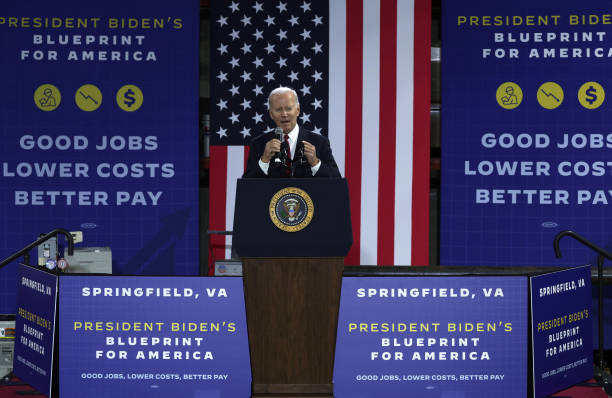
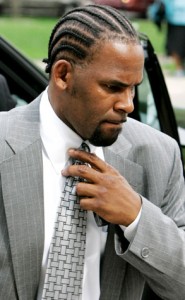










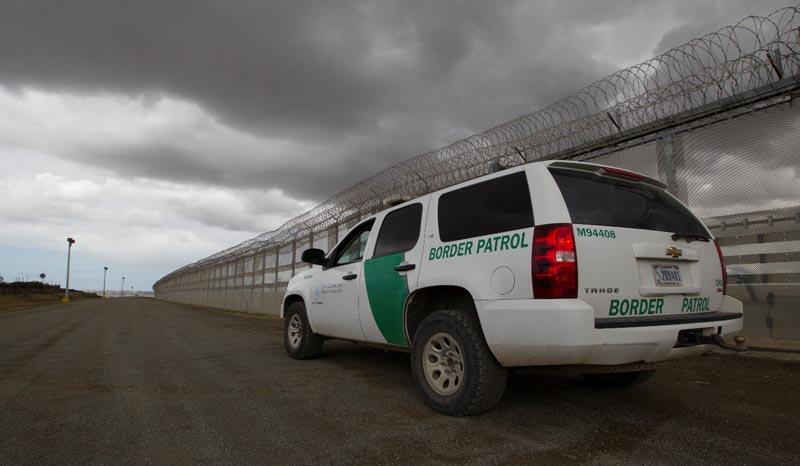
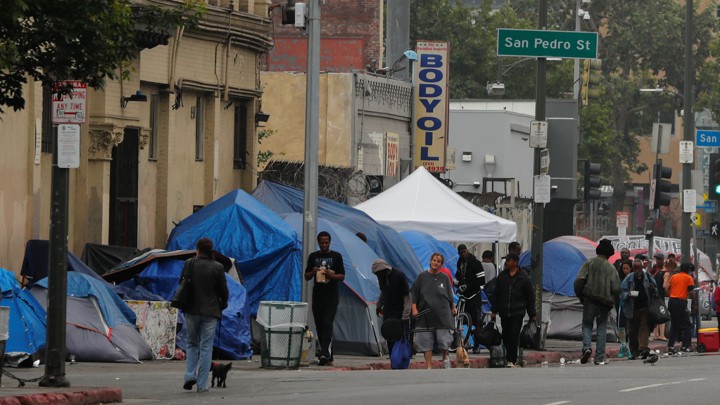
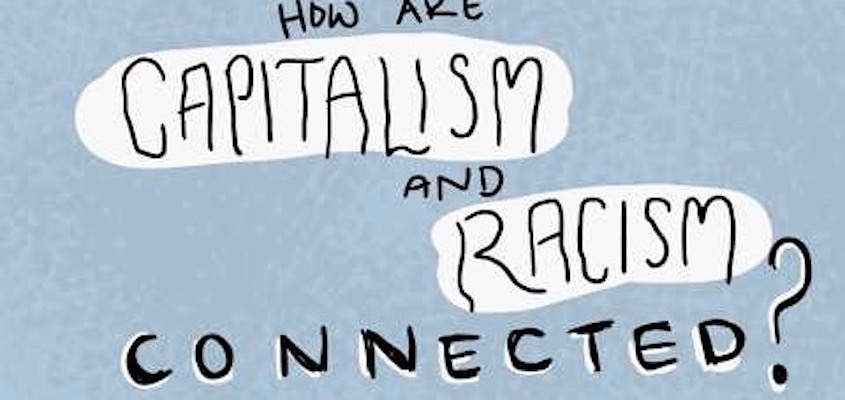

The opening paragraph is factually incorrect and displays your bias.
This case has been thoroughly dissected and in the case of Abigail Fisher, the student you speak of, she was not NOT admitted because of her ethnicity but rather because her academic performance fell below the acceptable academic threshold for University of Texas. Furthermore, as reported by ProPublica, of all the students who had lower test scores than her who were admitted under special circumstances only 5 were Black or Latino while 42 were White. She was also given an additional opportunity to enter the University via a satellite campus, to which she turned down.
So, in the end, are we to believe that the substantive premise of her complaint was that her whiteness should somehow give her preferential treatment? That is what it seems (she did ultimately graduate from Louisiana State University). If the argument is merit based admissions then there is no case. If the argument is that a mediocre white student is of inherently more value than an academically superior student of color, then that is an entirely different argument altogether.